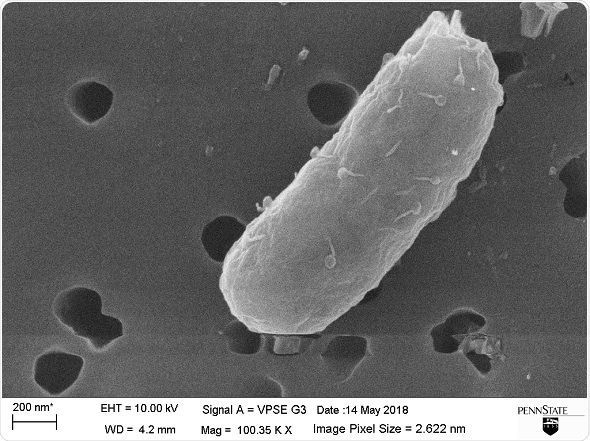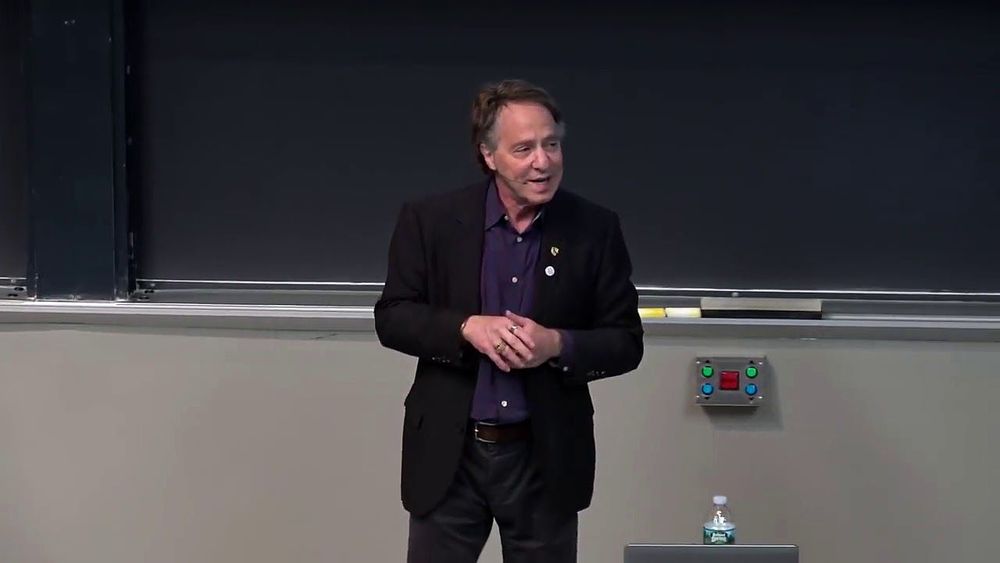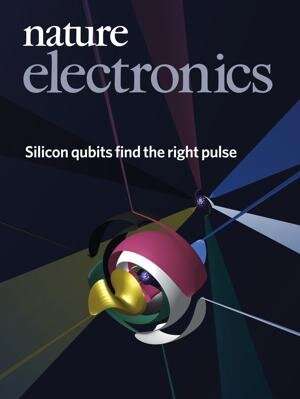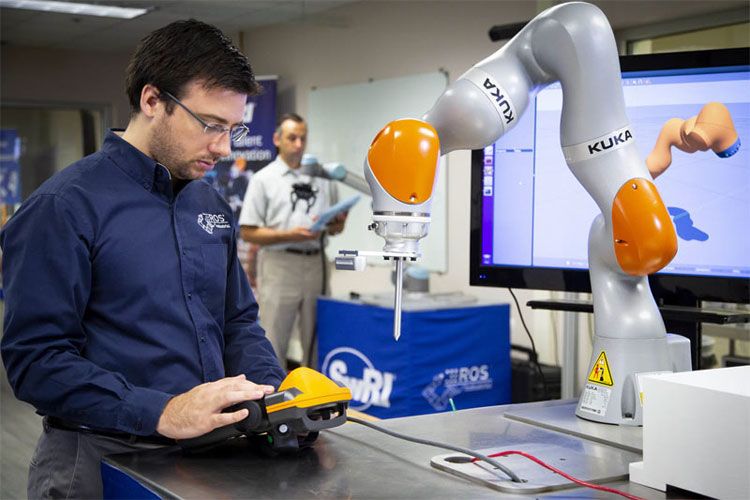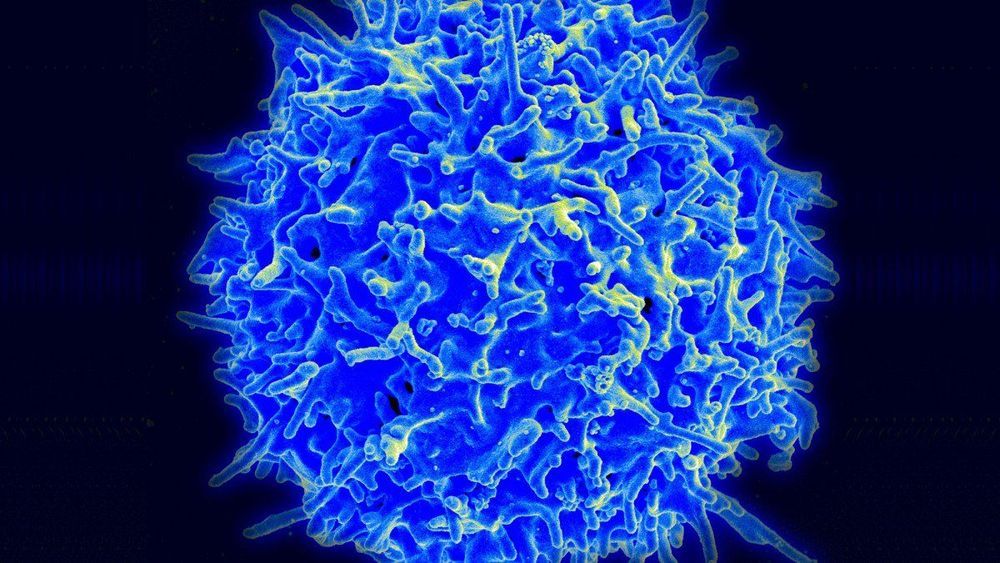Apr 17, 2019
Bacteria use viruses for self-recognition, study reveals
Posted by Xavier Rosseel in category: biotech/medical
Bacterial cells that normally colonize our guts can distinguish themselves from other bacterial species using what’s traditionally considered their enemy—a virus. Researchers report April 16 in the journal Cell Reports that some bacteria use viruses that have infected them (i.e., phages) for self-recognition and thereby show greater fitness, repelling competitors that lack this adaptation.
This is the first evidence that cells can distinguish themselves from related competitors through the use of a virus. The implications are that we should re-evaluate the relationship between a virus and its cellular host in that there are sometimes benefits to having a viral infection.”
Continue reading “Bacteria use viruses for self-recognition, study reveals” »
